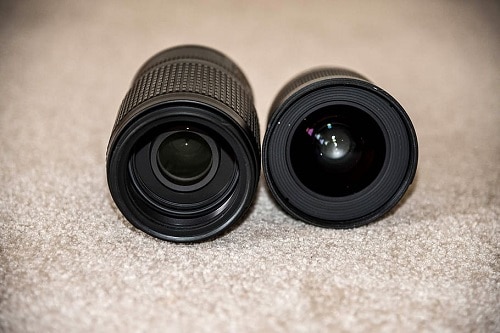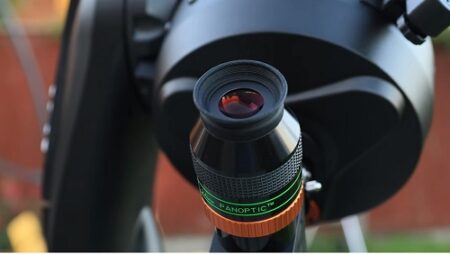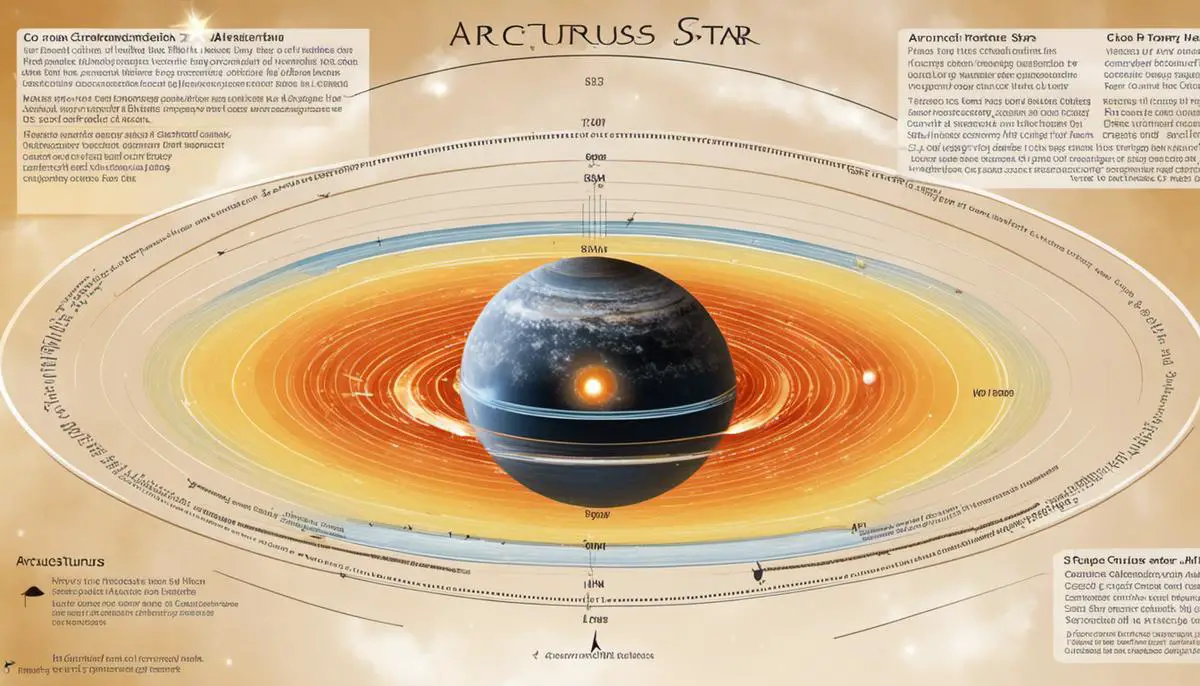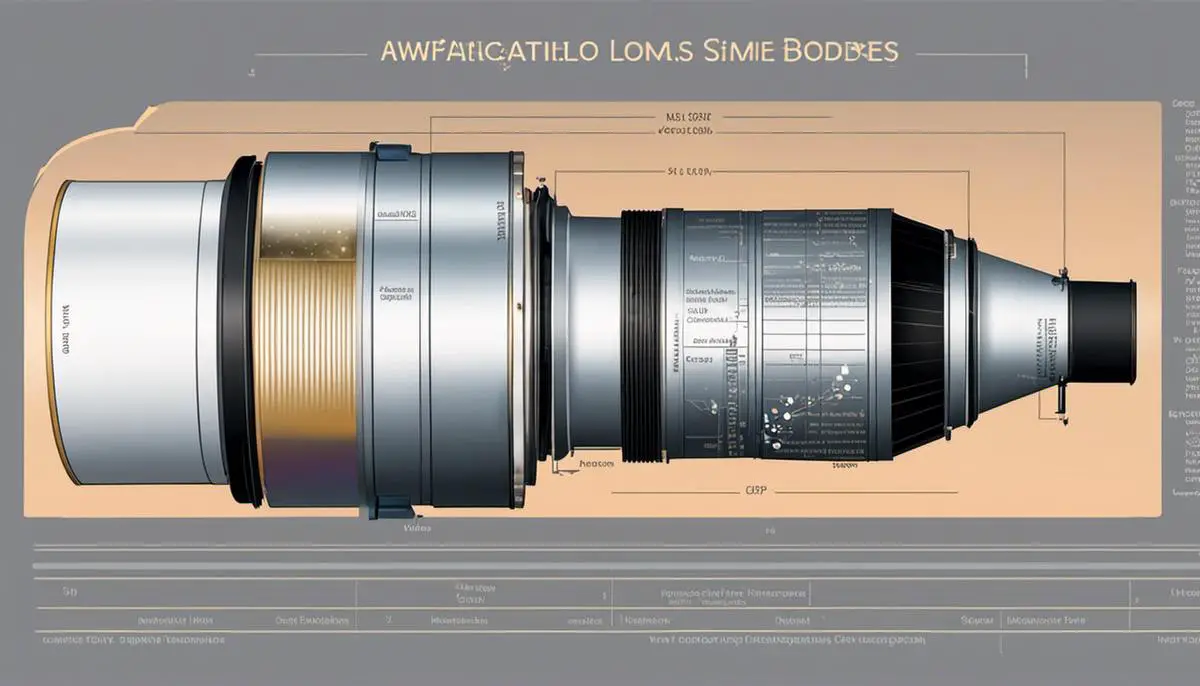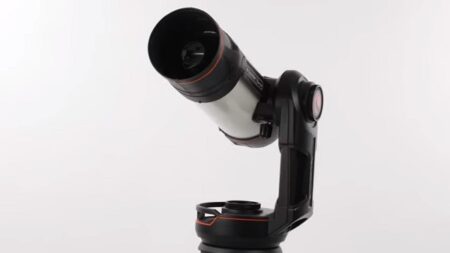Cleaning mirrors and lenses is not a difficult task, but it should be performed very much carefully. The key thing you must remember: clean, rub, but don’t harm. A telescope doesn’t contain so many things but a pair of lenses and a few other parts that are easy to control as well as clean.
The objective lens is the front lens that focuses on the image. The eyepiece lens is situated in the back that works to magnify the image. It may look very critical gadget but the truth is that it is very much simple in construction as well as in working procedure.
They precisely bring into focus the light and make the objects magnified, clearer, brighter that are far away. These are actually refracting type telescopes. In refracting telescopes, there are two main lenses are used. The objective lenses are larger and the eyepiece lenses which are smaller to view objects. However, let’s proceed on how we can keep them clean.
How to Clean a Telescope Lens?
What Is Telescope Lens Cleaning?
There may be various redundant substances such as infectious agents, dirt, and different impurities on a surface. Cleaning is actually removing all those unnecessary substances. Telescope lenses could be invaded by various impurities. To get the best performance from your telescope, it is vital to clean the lenses regularly.
The first thing you should remember, do not allow your lenses to be dirty! Though you will use your telescope with proper care, they still will be affected by dirt. For this reason, you will need to clean them regularly. And also make sure that do not clean the lenses frequently without cause.
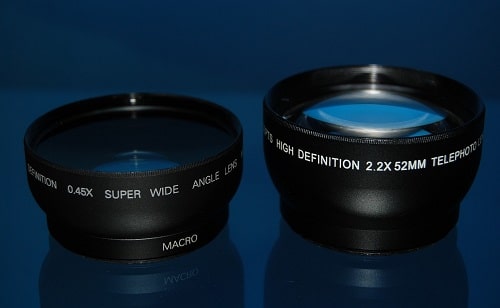
Telescope Lens Cleaning Procedures
There are several ways to clean telescope lenses. But to make it more effective and straightforward, the eight simple steps are described below. At first, the steps seem difficult but by following them carefully, the procedure will be very effortless for a telescope lens cleaner.
- Using a soft brush.
- Using a microfiber cloth.
- Using tissue.
- Using cleaning fluid.
- Using lens covers and cases.
- Using a skylight or UV filter.
- Using compressed air.
- Using silica gel.
Lens cleaning requires more carefulness. It is better if you don’t need to clean the lenses. But it is obvious that the lens will be dirty over time and you will need to clean them. Never try to clean lenses with unjust materials or techniques that are not suitable. These will ultimately harm your telescope. However, follow the below steps to get the desired result.
- Using a Soft Brush
When cleaning the lenses, try not to touch the surface physically. Many dirt and impurities will not be removed with air-blow. The most used method is utilizing a soft brush to clean telescope lenses. The brush should be very soft and particularly designed for cleaning lenses.
You can use this ‘excellent-quality soft brush’ to clean lenses with perfection.
Apply the brush gently on the lens’s center area and move around. Be careful that the brush is not collecting dirt by itself. For this, store the brush securely when you’re not using it.
- Using a Microfiber Cloth
Microfiber cloth is a common method to clean the telescope lens. Many popular telescopes come with a telescope cleaning kit that includes a microfiber cloth. You should only use this when you see fingerprints or oils on the lenses. After using a microfiber cloth, if you still notice the oil remains on the lens, the last step you should apply is deep cleaning with another method.
- Using Tissues
There are lens tissues that can be distinguished by their softness from common facial tissues. These tissues allow you to wipe the lenses and remove all the light dirt. Never try to use facial tissues as they are quite rough and can make a scratch on the lens. Do not use the same tissue repeatedly; simply through after one use.
- Using Cleaning Fluid
Using fluid to clean the lenses is an effective idea. Alcohol can be a great solvent; it is safe and highly-efficient. You can make the solution by mixing pure alcohol and a specific amount of distilled water. Also, many drugstores have this type of solution and it lessens your efforts to prepare dilutions at home.
Dilutions of 50% to 65% alcohol work well on the surface like lenses. More dilutions can harm the surface. Also make sure that the solvent is only used on the necessary surface, not all other parts.
- Using Skylight or UV filter
This useful trick should you consider always if you use your telescope regularly. For each lens that you need frequently, buy a skylight filter or UV. This filter should be attached to the lens all the time. It can additionally prevent your lenses from unwanted scratches or breakage.
While using the filter, you will need to clean the filter only without cleaning the lens surface. You have to remember that the filters come in various forms and qualities. So, make sure to purchase that lens which is ideal for your lens. However, that may be costly or cheap as well depending on the quality you expect.
- Using Protective Covers and Cases
Investing in protective covers, cases, dew shields, and dust caps can be a wise decision. If you get an ideal dust cap, you can inexpensively protect the lenses. Also for protecting eyepieces, you can easily by covers that can help you to use the whole set for a longer time.
- Using Compressed Air
The finest protective covers or cases can keep your precious equipment pristine, clean, and clear. But you will notice after a certain period that those equipments require some cleaning, maybe that is mild. It happens because of the frequent use of a device.
As this might be mild cleaning, you should not physically touch the lens surface. But it is not good to use your breath! The ideal solution is using a compressed air kit that you can find from your nearest electronics retailer.
- Using Silica Gel
This is not directly a cleaning method but can keep your lenses and eyepieces clean for a longer time. And this allows you not to clean the lens frequently. Get silica gel sachets and throw them into the bag of the telescope.
The sachets will collect moisture and save the lenses from being affected in the bag. You will need to change the silica gel sachets regularly as they can be useless after catching too much moisture.
Wrap Up
This is sure that cleaning is obvious when you expect the highest performance from your telescope lenses. The above-mentioned methods should help you but always, you have to be careful to apply each method. When you’re unable to clean it, do not hesitate to take help from a professional or experienced person.

I’m Ali. BestTelescopeReview.com is my little place on the web to express what I’ve learned first-hand, specially about the telescope part. I am writing these articles to share my love for astronomy with you.

